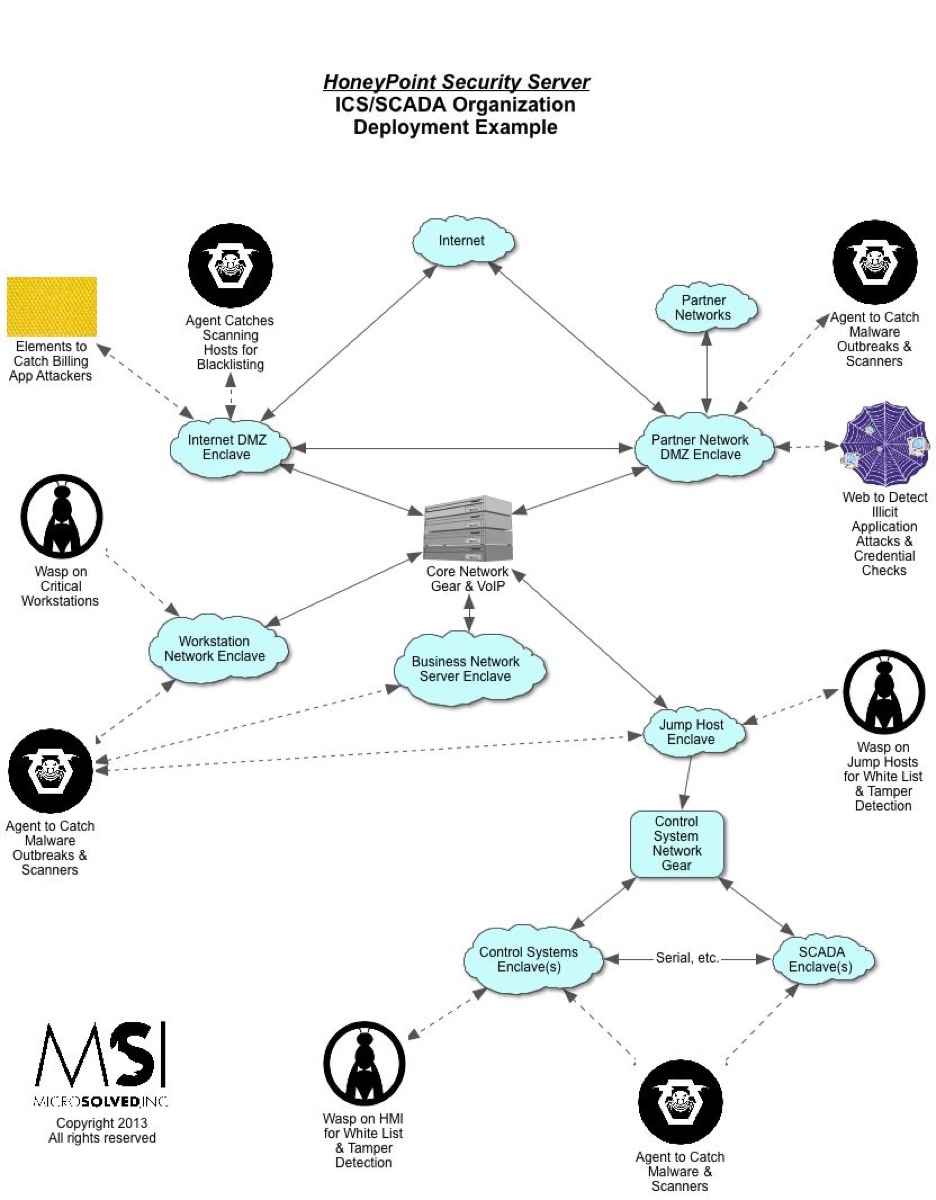Background:
For several years now I have been working with utility companies, and other critical infrastructure organizations particularly focused on Industrial Control Systems (ICS) and Operations Technology (OT) solutions such as SCADA. During that time, one of the most common issues that our customers and the folks who attend our Security Summit every Fall discuss with us revolves around a lack of communication, engagement and ultimately cooperation between ICS engineers, along with Operations staff and the more traditional enterprise focused IT teams. In many cases, this is often expressed as the number one issue that the organization faces.
A few years ago, I began asking around the community who might have a solution to this problem. Several people pointed me in the direction of Commonwealth Edison Co. (ComEd), the electric utility in Illinois, which led me eventually to a gentleman named Mark Browning. Through a mutual business partner, I asked to be introduced to Mark, and during that introduction, asked if he would agree to discuss this problem and the methods ComEd has used to tackle it. Thankfully, Mark and his team agreed. What follows is a summary of the information I gathered from several email interviews and time spent with Mark on the phone.
A Bit About Mark:
The first thing you should know is that Mark is a seasoned veteran of the ICS and OT world. He has spent an entire career working in IT, Operations Support and other functions in the ComEd utility. He is, by his own admission, an “old school SCADA” guy. Over the years he has moved from designing and implementing ICS and OT systems through the ranks of OT application support and eventually into a leadership position where he oversees both traditional IT and the OT teams. It is this experience, along with the commitment, passion and wisdom of the entire ComEd team that make them successful at tackling what seems to be such an industry wide problem.
A Bit About ComEd and Exelon:
ComEd is an energy delivery company providing electric transmission and distribution services in the northern 3rd of Illinois, including the Chicago metropolitan area. Exelon Corporation is the parent company of ComEd. As part of Information Technology, Mark and his team work for a corporate shared services group, Exelon Business Services Company. Mark’s Utility Solutions team is responsible for the successful implementation and management of IT and OT architectures across and throughout the utility lines of business of ComEd. Embedded in the ComEd business to be close to their counterparts, Mark and his team are directly focused on the success of the business and on providing support to each of those business lines of his customers. This client focused business model is one of the things that Mark credits with keeping his team actively engaged with his business partners and not just supporting requests – thus truly empowering each of the lines of business.
This organizational design creates a system of centralized leadership for IT and OT technologies. Acting as a centralized technology group, Utility Solutions is responsible for service levels across all business functions. By design, this creates a direct chain of responsibility to each of the lines of business, and makes technology success fully dependent on the success of each line of business. Mark says this level of integration fully supports solving the lack of engagement problem.
How Does It Work at ComEd?:
Mark and his team shared that the strength of engagement between the IT and Business teams stems from a program created more than 10 years ago. They call it the “client engagement model”. Basically, it is a process of fully embedding IT alongside the lines of business. While IT and the Business perform their respective roles, they also collaborate heavily to achieve common objectives. This has created an atmosphere of respect and trust between groups who are comfortable with the shared vision of business goals and an open architecture roadmap to support those goals both short and long-term.
In order to cement and maintain that trust between the lines of business and the technology teams, all projects require co-sponsorship and co-leadership. Representatives work directly with their embedded team members in order to create, lead, implement and manage the projects required to build each line of business. Mark’s team members emphatically shared, via a variety of emails, how much easier it makes the job of doing IT well using this approach. They raved about their relationships with the lines of business, with their business focused teammates and with the upper management and leadership of their organization. In particular, many of them commented on how refreshing it was to get to see the technology products that they created actually in use in the business and serving the needs of the end users.
It should be noted that such trust between technology teams and lines of business would be nearly impossible to build were it not for a laser-like focus on business problems. Team members with strong technical skills must interface directly with business team members who have strong organizational and communication skills. The problems of the business must be clearly and concisely expressed between the teams and there must be full integration between technology teams and the lines of business. Mark credits much of the success of this program with the embedded nature, that is putting IT and OT people directly in everyday contact with their business partners focused on each line of business.
What Can You Do?:
I asked Mark what lessons could be learned from the ComEd approach. In order to help other folks who might not have 10 years of inertia behind them, I asked Mark what are the key things he would do to apply a similar program to a new organization just beginning to tackle this problem. Mark shared with me the following four key undertakings:
- Immediately and fully embed and co-locate the IT staff with the business staff members . Ensure that all projects begin to be co-led by a member of the IT team and the business team. Make both of the teams directly responsible for the success of projects.
- Increase cross training and shared knowledge between the two groups who are now embedded together. Make sure that you are hiring great leaders, and where possible, hire from within the lines of business. Consider functional swaps, where traditional IT staff members temporarily swap positions with business team members. This system of functional swaps often leads to rapid cross communication and knowledge sharing between teams on both a functional and personal level.
- Hammer home the idea of customer facing trust and co-working communications. Active engagement must occur at all levels for maximum success. From VP to individual contributor, the IT and business teams must challenge their counterparts by being both advocates and challengers. Include a shared mission message along the lines of “we must work together because our customers expect us to do so”. Make this mantra a part of everyday life for all team members.
- Greatly increase the amount of coaching and management level engagement across the now embedded teams. Especially engage in ongoing training for technical team members to see, feel and engage in business operations. Encourage opportunities for the business to directly demonstrate how technology products support both the business and the customer. Clearly demonstrate the benefits to both teams of working together to provide value to the customer.
The Payoff:
Lastly, I asked Mark about the payoff for organizations who successfully increase the cooperation and engagement of their IT and business teams. Mark and I both agreed that as the convergence between information technologies and utility delivery mechanisms increase, so too does the importance of integrating these teams. Essentially, Mark believes that IT has quite a bit to bring to the table. “IT will become the engine of the utility.”, says Mark. While we both agree that security remains a risk that we are carrying, convergence and automation will create a unique opportunity to work together to protect and support both the goals of the business, the desires of the customer and the public at large. With technologies like smart grid on the horizon, those organizations that can effectively conquer the problem of IT and business engagement will be the leaders for the utility markets of the future.
Thanks:
I would like to thank Mark and the teams at both ComEd and Exelon for their willingness to discuss their program and to help others with one of the biggest problems many organizations face today. I hope you enjoyed learning from their experiences, and both Mark and I hope that it helps your organization. As always, thanks for reading and until next time, stay safe out there!


